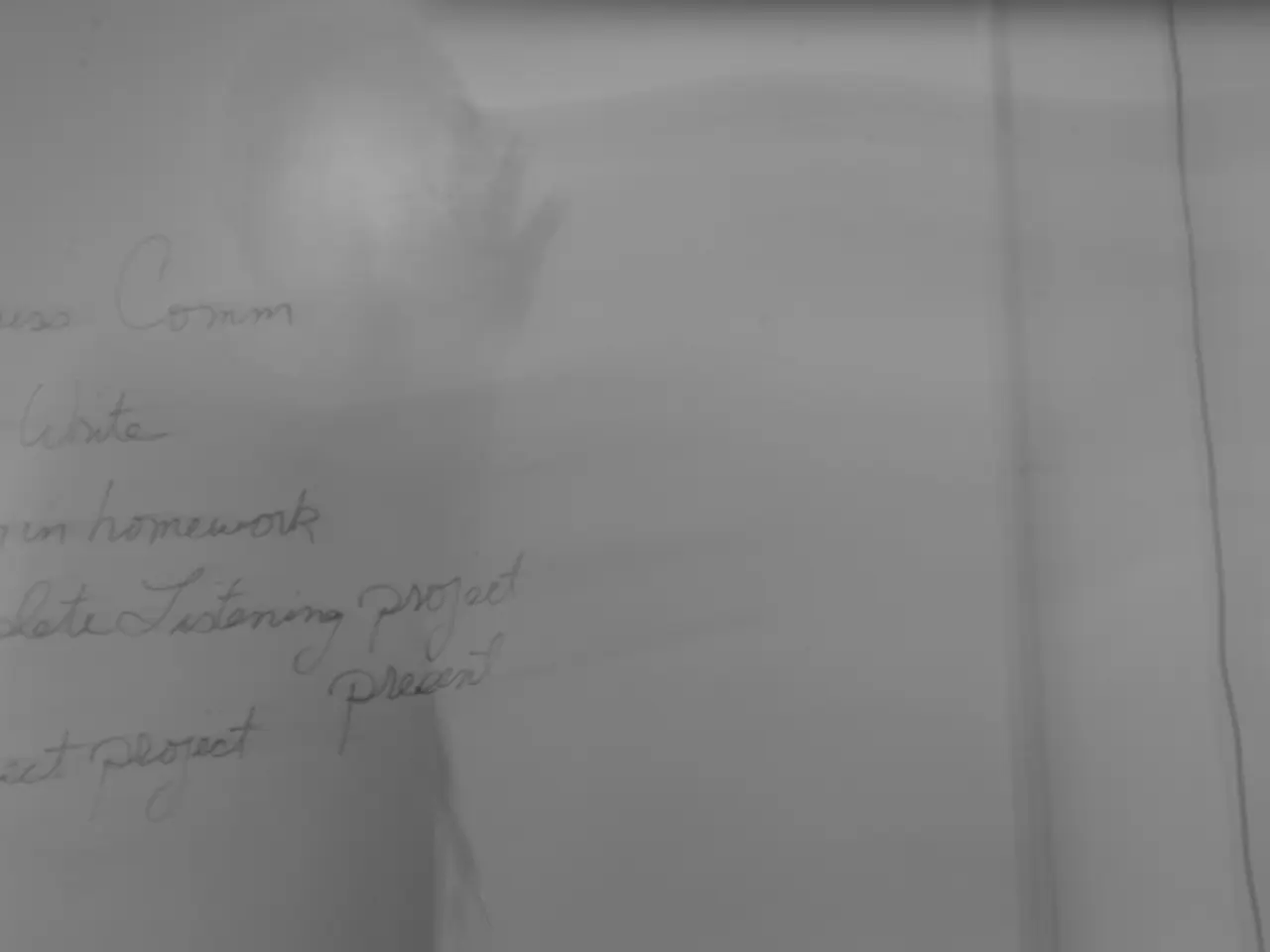Australia may see an increase in businesses and trade due to Trump's tariffs causing a rerouting of economic activities.
Australia's economy, while experiencing modestly positive effects from US trade tariffs in a direct sense, faces challenges due to global trade uncertainty and sector-specific challenges. The Australian Productivity Commission (PC) has predicted that if Australia retaliates against US tariffs, the country's GDP would be 0.14 percentage points lower than if Australia did not retaliate [1][4].
In response, Australia's tariff reforms and industry assistance play a crucial role in navigating these dynamics. The PC emphasizes that Australia's best defense against trade disruptions is to abolish any domestic tariffs it still has and continue advocating for free, open trade globally [1][4].
Australia's government support, especially for the mining sector, often comes through research and development grants rather than direct tariff protection. Mining is the largest sector for foreign direct investment, supporting economic resilience despite global trade shocks [4].
The Critical Minerals Production Tax Incentive, passed in February 2022, provides a refundable tax credit on 10% of eligible costs associated with the production of critical minerals and rare earths [3]. This initiative, falling under the "behind the border" assistance, is expected to grow further under the Future Made in Australia (FMIA) initiative [5].
The FMIA Act, commenced in 2024, provides grants and support to the mining and resource industry [6]. Western Australia announced another round of successful applicants for its Exploration Incentive Scheme (EIS) in April 2023 [7]. These initiatives allow eligible enterprises to receive up to AU$50,000 per project [2].
In addition, collaboration with CSIRO scientists and access to quality facilities are available under these initiatives [2]. Western Mines Group's Mulga Tank and Wildcat Resources' Tabba Tabba project are among the 49 drill funding recipients, targeting critical minerals such as lithium, nickel, and copper [2].
The PC warns against retaliatory trade measures in response to new US trade tariffs [1]. Meanwhile, Australia will continue to advocate for a tariff exemption, believing in free and fair trade [8]. Minister for Trade and Tourism Don Farrell has invited US Commerce Secretary Howard Lutnick to Australia for continued discussions regarding tariffs on Australian products [9].
The commission estimates that the tariff regime imposes compliance costs of between AU$1.3 billion and AU$4 billion, while collecting AU$2 billion in revenue [10]. The Critical Minerals Production Tax Incentive is valued at AU$7 billion over a decade [3]. The commission identifies 300 tariffs that generate little revenue and impose high costs on business [1].
In conclusion, while US trade tariffs have introduced costs and uncertainty, Australia's economy may see modest direct gains due to its low tariffs and open trade stance. Australia's tariff reforms—particularly removal of domestic tariffs—and targeted industry support, alongside diplomatic efforts, help mitigate risks and leverage potential benefits. However, businesses face challenges from global supply chain disruptions and must adapt their strategies accordingly.
References:
- Australian Productivity Commission (2021). Inquiry Report: Review of the Australian Government's Tariff Concession List. Canberra: Commonwealth of Australia.
- Australian Government (2022). Critical Minerals Processing Incentive. Retrieved from https://www.industry.gov.au/critical-minerals
- Australian Government (2022). Critical Minerals Production Tax Incentive. Retrieved from https://www.industry.gov.au/critical-minerals
- Australian Government (2022). Future Made in Australia. Retrieved from https://www.industry.gov.au/fmi
- Australian Government (2022). Future Made in Australia Act 2024. Retrieved from https://www.legislation.gov.au/Details/C2024A00034
- Australian Government (2023). Exploration Incentive Scheme. Retrieved from https://www.industry.gov.au/exploration-incentive-scheme
- Western Australian Government (2023). Exploration Incentive Scheme. Retrieved from https://www.dmirs.wa.gov.au/exploration-incentive-scheme
- Australian Productivity Commission (2021). Review of the Australian Government's Tariff Concession List. Canberra: Commonwealth of Australia.
- Australian Government (2023). Minister for Trade and Tourism Invites US Commerce Secretary for Discussions. Retrieved from https://minister.industry.gov.au/farrell/media-releases/minister-trade-and-tourism-invites-us-commerce-secretary-discussions
- Australian Productivity Commission (2021). Review of the Australian Government's Tariff Concession List. Canberra: Commonwealth of Australia.
Resource investing in the life science sector could beneficiate from Australia's push for advocating free, open trade globally, as part of the country's efforts to navigate global trade dynamics and capitalize on direct gains from low tariffs. Meanwhile, politics plays a significant role in shaping Australia's policies and initiatives, such as the Critical Minerals Production Tax Incentive and the Future Made in Australia Act, which aim to support the mining and resource industry. These initiatives, along with general-news developments like Minister Farrell's invitation to US Commerce Secretary Howard Lutnick for continued discussions regarding tariffs, contribute to the overall narrative of Australia's approach to trade in the face of US tariffs.




